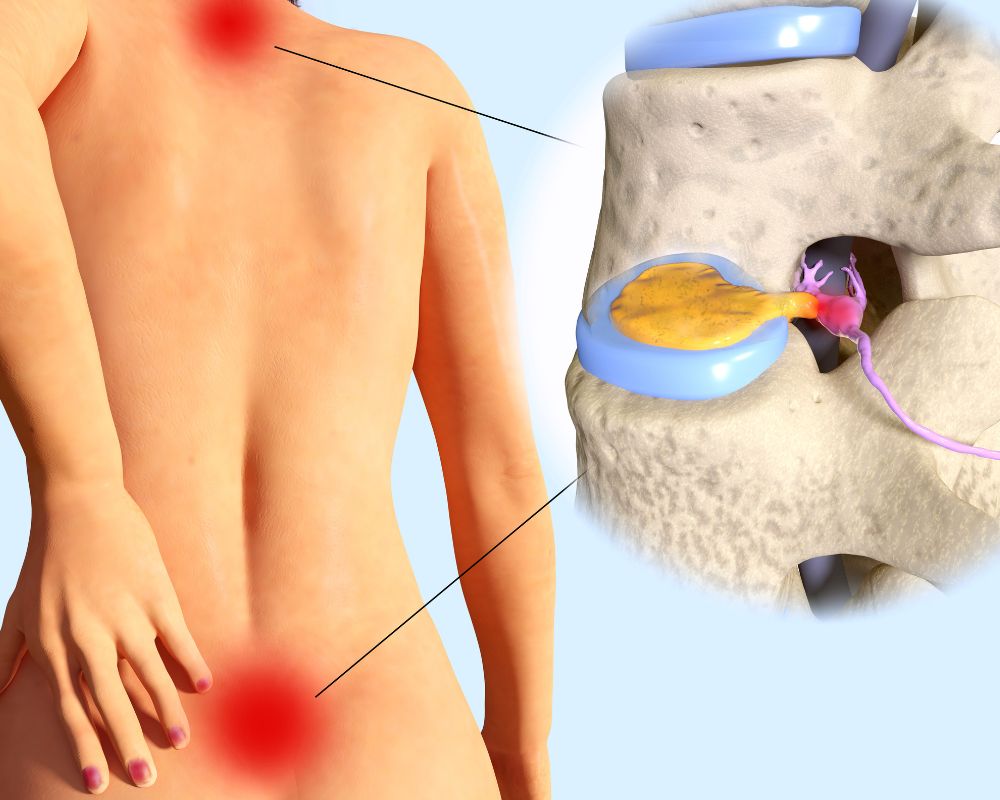
15 Mar What Are the Most Common Causes of Spinal Stenosis?
If we had to list the top five complaints that have patients seeking out Lone Star Pain Medicine and hopes of finding relief from their back pain, spinal stenosis would definitely be on that list. Whether it is the primary cause of back pain or not, a lot of our back pain patients suffer with its symptoms.
Spinal stenosis is easy enough to understand from a physiological standpoint. In the simplest possible terms, it is a condition in which the natural spaces in the spinal column begin to narrow. As the condition progresses, it can lead to spinal cord and nerve compression. That is where the pain comes from. Compressed nerves are the root cause of all sorts of back pain by the way, not just spinal stenosis.
The good news is that spinal stenosis is a treatable condition. We will talk more about treatments toward the end of this post. For now, though, let’s talk about what causes spinal stenosis to begin with.
Changes in the Spinal Column
Although it sounds rather mundane and benign, the root cause of most cases of spinal stenosis is a change in the spinal column. Think about what happens to your body as you age. Things change. It is part of the aging process.
One of the biggest changes in the spinal column is arthritis resulting from normal wear and tear. Remember that the spinal column is supported by the backbone, which is essentially a series of bones connected by soft tissue in between and held together by ligaments and tendons. As a person ages, that soft tissue in between – known as cartilage – begins to break down.
The loss of cartilage causes bone-on-bone contact along with inflammation and pain. This is what we call arthritis. In the back, arthritis and the loss of cushioning ultimately reduces the space between the affected bones. Gravity takes over and the spine starts to compress. That is when you end up with pinched nerves and a compressed spinal column.
Spinal Stenosis Symptoms
The strange thing about spinal stenosis is that some people have the condition but experience no symptoms. Given what we know about the spinal column’s fragile nature, a person with spinal stenosis but no noticeable symptoms is fortunate. For everyone else, the symptoms can be quite uncomfortable.
Common symptoms include:
- neck and back pain
- numbness and tingling
- weakness in an arm, leg, ankle, or foot
- bowl and bladder problems.
Spinal stenosis symptoms tend to be minor in the early stages. They tend to get worse over time. In addition, a person’s daily symptoms can change based on activities. A patient may experience pain in the lower back as well as numbness in the legs. The symptoms will be less noticeable when the patient is sitting or lying down. However, the pain and numbness will increase when the patient stands or walks for long periods of time.
Treating Spinal Stenosis
Earlier we mentioned that spinal stenosis is treatable. The most severe cases generally call for a surgical procedure that inserts a filler designed to increase the space in the spine. But for less severe cases, there are less invasive alternatives. Those alternatives include caudal steroid injections, lumbar sympathetic blocks, discoplasty, and even laminoplasty.
If you suffer with spinal stenosis pain and weakness, we can probably help. Determining the best treatment option for you starts with the consultation between you and one of our pain management doctors. Make an appointment at our Weatherford clinic and come see us as soon as you can. We can help relieve your pain and restore lost function.


No Comments